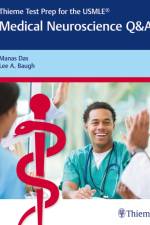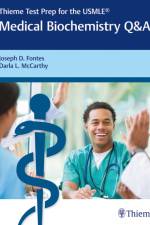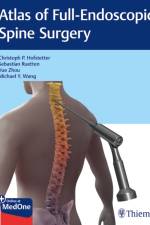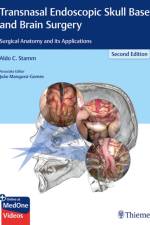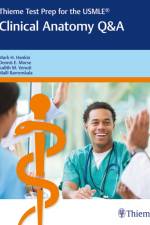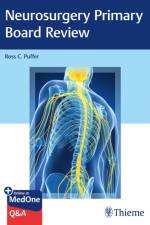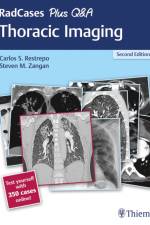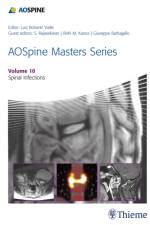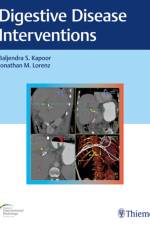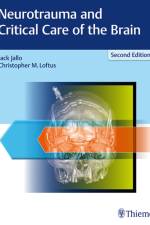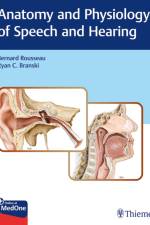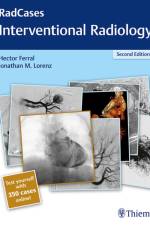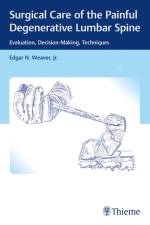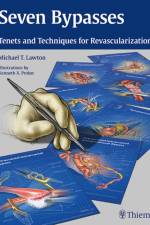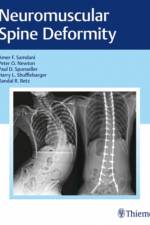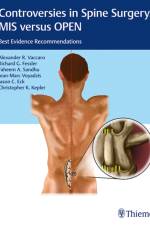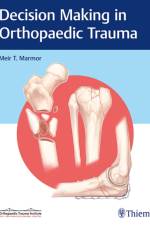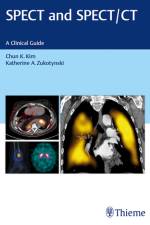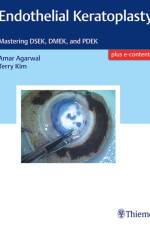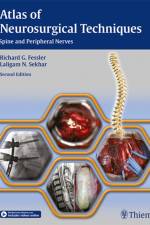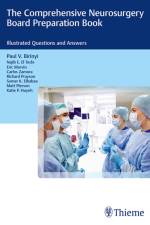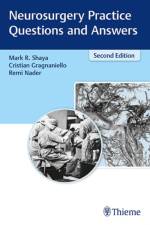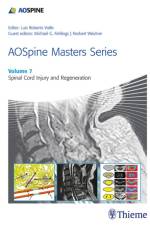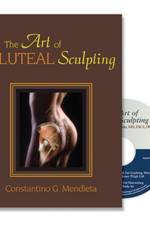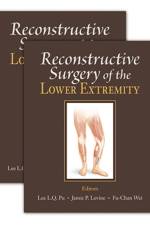- Spine and Peripheral Nerves
3 615,-
Atlas of Neurosurgical Techniques: Spine and Peripheral NervesOriginally published in 2006, the second edition of this award-winning neurosurgical atlas is written by a notable cadre of world-renowned spine surgeons. Reflecting the enormous depth and breadth of spine surgery, this volume has been completely updated with current, state-of-the-art surgical methodologies and minimally invasive options. Pathologies include degenerative changes, congenital abnormalities, rheumatic diseases, tumors, and trauma.The authors have divided the book into six consistent sections: occipital-cervical, midcervical spine, cervicothoracic junction, thoracic and thoracolumbar spine, lumbar and lumbosacral spine, and peripheral nerve. Within each section, the opening chapters cover comprehensive discussion of pathology, etiology, and differential diagnosis. Succeeding chapters present step-by-step surgical techniques encompassing anterior, anterolateral, posterior, and posterolateral approaches, separately and in sequence. Minimally invasive techniques and peripheral nerve procedures, including the brachial plexus, lumbosacral plexus, and individual nerves are covered independently, following the same organization.Key Highlights:Clearly delineated indications, contraindications, advantages, and disadvantages provided for each surgeryOperations with same opening and closing technique covered just once, thereby minimizing redundancyBeautifully illustrated with more than 1,000 imagesVideo compendium created by master surgeons provides up-close guidance on a wide array of surgical proceduresIdeal for both the busy practitioner seeking review and resident looking for robust study materialsThis book is an incomparable learning tool for residents, who will likely read it several times during the course of residency. A precisely edited, didactic atlas, neurosurgeons and orthopaedic surgeons will also find it an invaluable resource.

